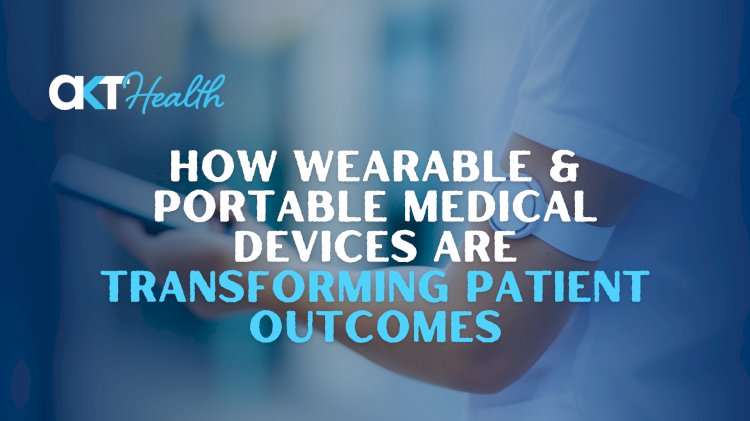How Wearable & Portable Medical Devices Are Transforming Patient Outcomes
Explore how wearable and portable medical devices powered by AI, IoT, and blockchain are revolutionizing clinical trials, RPM, and patient outcomes.

At AKT Health, we’re building this future today, combining regulated SaMD platforms, IoT devices, AI, and blockchain into a comprehensive digital health ecosystem that empowers patients, clinicians, and researchers alike.
Explore how AKT Health’s Impakt Health is powering the next wave of connected healthcare: https://blog.akthealth.com/remote-patient-monitoring-healthcare-akthealth-impakt-care
FAQ
Q1: What’s the difference between wearable and portable medical devices?
Wearables are worn continuously (e.g., ECG patches, smart rings), while portable devices are handheld/transportable (e.g., digital stethoscopes). Both support real-time health data collection.
Q2: Are wearable medical devices regulated?
Yes. Many wearables require regulatory clearance. For example, the FDA classifies certain wearables as Class II medical devices, while Japan’s PMDA issues SaMD approvals like the one AKT Health’s Impakt Health received in 2025.
Q3: How do wearables improve clinical trials?
They reduce patient travel, enhance retention, and provide continuous endpoints, making Decentralized Clinical Trials (DCTs) more efficient and patient-friendly.
Q4: What role does blockchain play in wearable health data?
Blockchain ensures tamper-proof, auditable health records, enabling secure data exchange across trials, hospitals, and cross-border research collaborations.




































